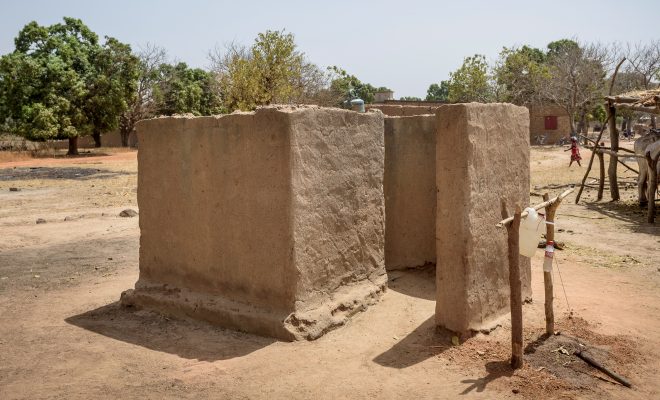
It is common that latrines are shared by various families or members of a community. © Carlos Garriga/ We Are Water Foundation
Generally, the factor that differentiates a toilet from a latrine is the connection to a sewage system and to the water cycle. A latrine is usually defined as a toilet that, instead of being connected to the sewage system, is connected to cesspits or cesspools, which guarantee the healthiness of people and the environment. While toilets are usually installed in independent households or at workplaces, it is common that latrines are shared by various families or members of a community.
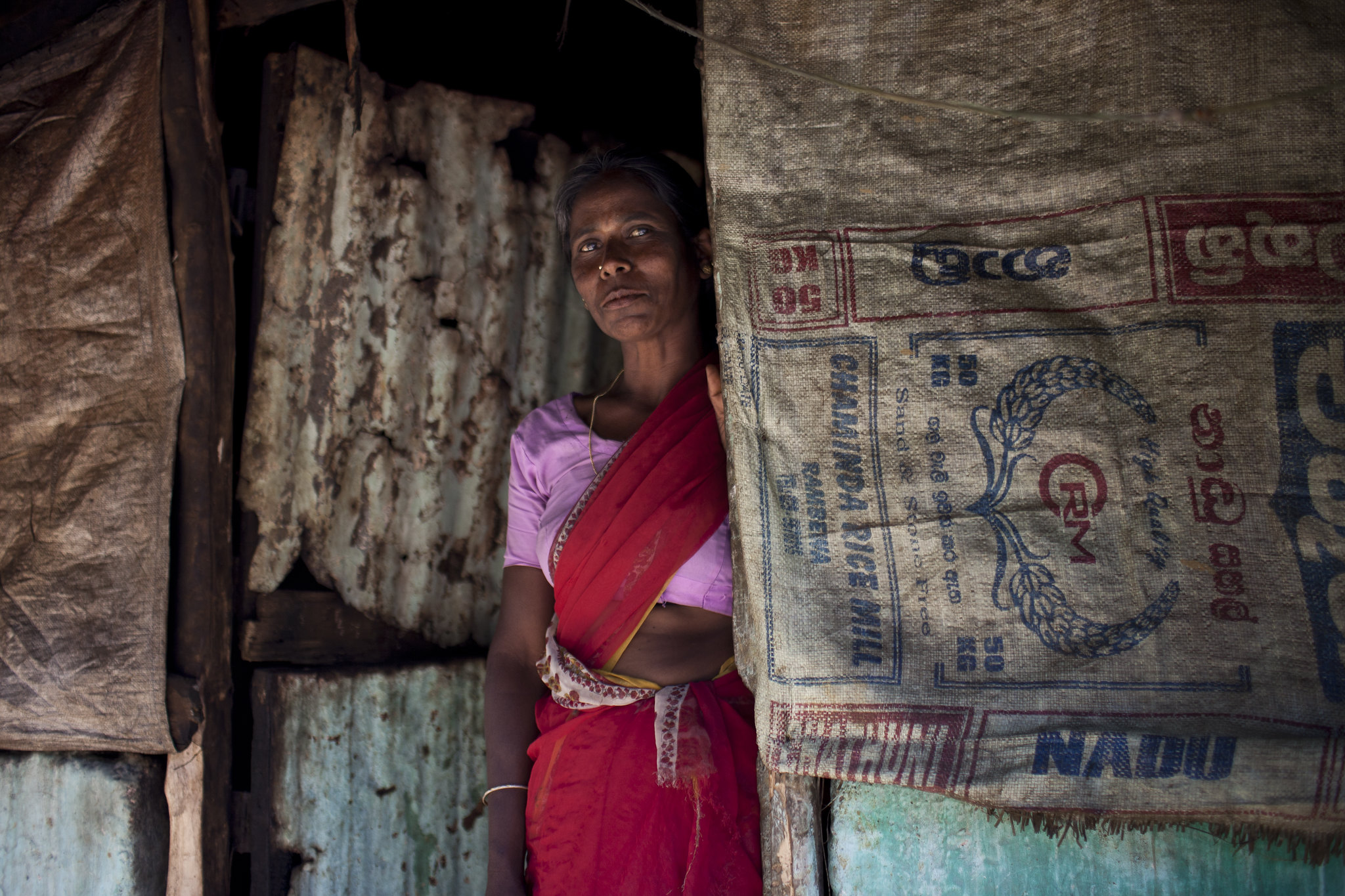
Poor sanitation causes very serious intestinal diseases, like cholera, diarrhea, dysentery and typhoid fever, as well as hepatitis, polio and pneumonia. © Department of Foreign Affairs and Trade
For those who use latrines, their proper use and functioning is a key element for health and the preservation of the environment. Their installation must prevent any contact with excreta, as they are safely disposed of on site or transported and treated elsewhere. For this reason, adequate sanitation facilities should include the discharge into a safe sewage system, a cesspool or cesspit. The latrine must be located in a ventilated space that ensures its use by people without being in contact with excreta. According to UNWater, 55 % of the planet, around 4.247 billion people lacked safely managed sanitation in 2017.
Poor sanitation causes very serious intestinal diseases, like cholera, diarrhea, dysentery and typhoid fever, as well as hepatitis, polio and pneumonia. The WHO estimates it is the cause of 280,000 deaths due to diarrhea every year and it is a major underlying factor of several neglected tropical diseases, such as intestinal worms, schistosomiasis and trachoma. It is also the base of child malnutrition.
The incorrect use of toilets is a serious problem
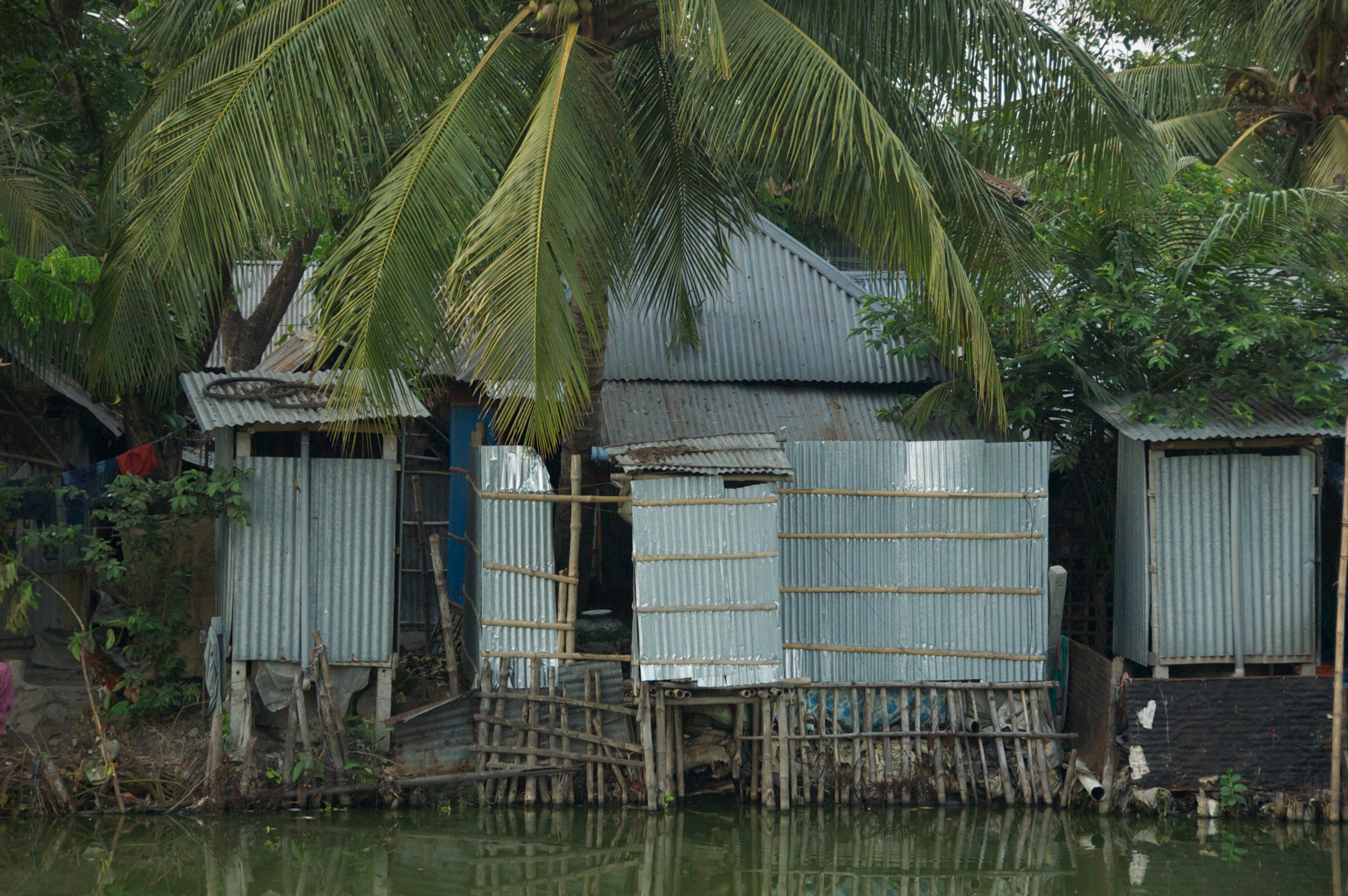
The sanitation gap makes the difference between a world of obligations and one of rights © Lars Schoebitz Toilets Khulna
The sanitation gap makes the difference between a world of obligations and one of rights. For those who benefit from the connection to a sewage system, the toilet is a hole that separates them from an invisible world they know little about, but they demand its proper functioning as a public service they pay with the water bill or their taxes. They are the ones who enjoy the water cycle and have the guarantee of the collection and treatment of water in their environment. It is a service that is not applied to 80 % of the wastewater all around the world, and this is the main source of pollution of the seas.
In 2015, according to the WHO, only 1.9 billion people, 27 % of the world’s population, benefited from the use of a toilet with a flush system connected to a sewage and wastewater treatment system. Many of those who benefit from this service are not aware of their important role in the proper functioning of the system. For them, the toilet and all other domestic drains are channels for the removal of no matter what kind of waste. These people become active pollutants when they get rid of wet wipes, plastic wrappings, condoms, feminine hygiene products, cotton swabs, butts, bottles filled with expired drugs and a long etcetera of everyday products, along with hair from combs and brushes and recently, face masks due to Covid-19.
Although some of these solids are biodegradable, they are not in a shorter period of time than the time they take to travel through the sewers, and they seriously harm the functioning of pipes and sewage treatment plants, as there is no useful technology available for their massive removal. It is a type of pollution generated 100 % by the users of products, therefore in order to remove it the best thing is to avoid it: by returning expired drugs to pharmacies, using recycling bags for solid waste or simply remembering that the toilet is not a waste bin or an ashtray.
Pollution inherent to standard of living
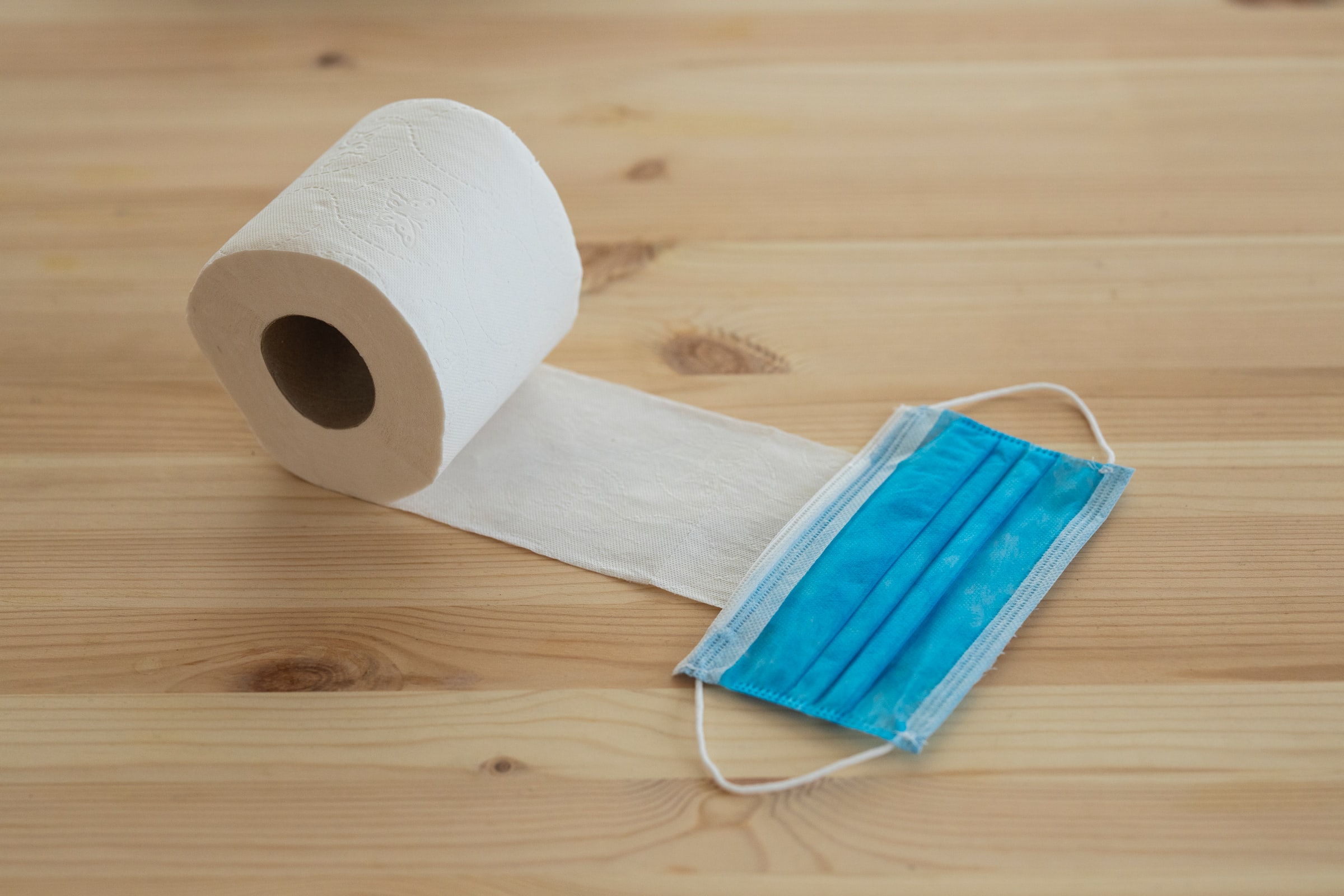
There are people become active pollutants, using the toilet when they get rid of wet wipes, plastic wrappings, condoms, etc. and recently face masks due to Covid-19. © Engin Akyurt_unsplash
In addition to the pollution by solids we also find chemical pollution caused by domestic emerging pollutants. These are not regulated by any administrative legislation as there is no evidence of their harmful effects on human health, although their negative influence on the environment has been detected in many cases. This is the case of drugs we mainly excrete through urine as they are not fully absorbed by our body. These are anti-inflammatory and analgesic drugs, antidepressants, contraceptives, antibiotics or cholesterol regulators. There are also many personal hygiene products, such as whiteners or antibacterial and fungicidal agents in many mouth washes, which are emerging pollutants that increasingly appear in wastewater.
Not only toilets are the discharge channel for pollutants, but also the drains of washing machines and kitchens that pour into the network an excess of detergents and softeners, fats, cleaning products and nanomaterials such as silver particles, present in some fabrics such as those of socks to prevent their odor.
Toilets are the key to attain (all) SDGs
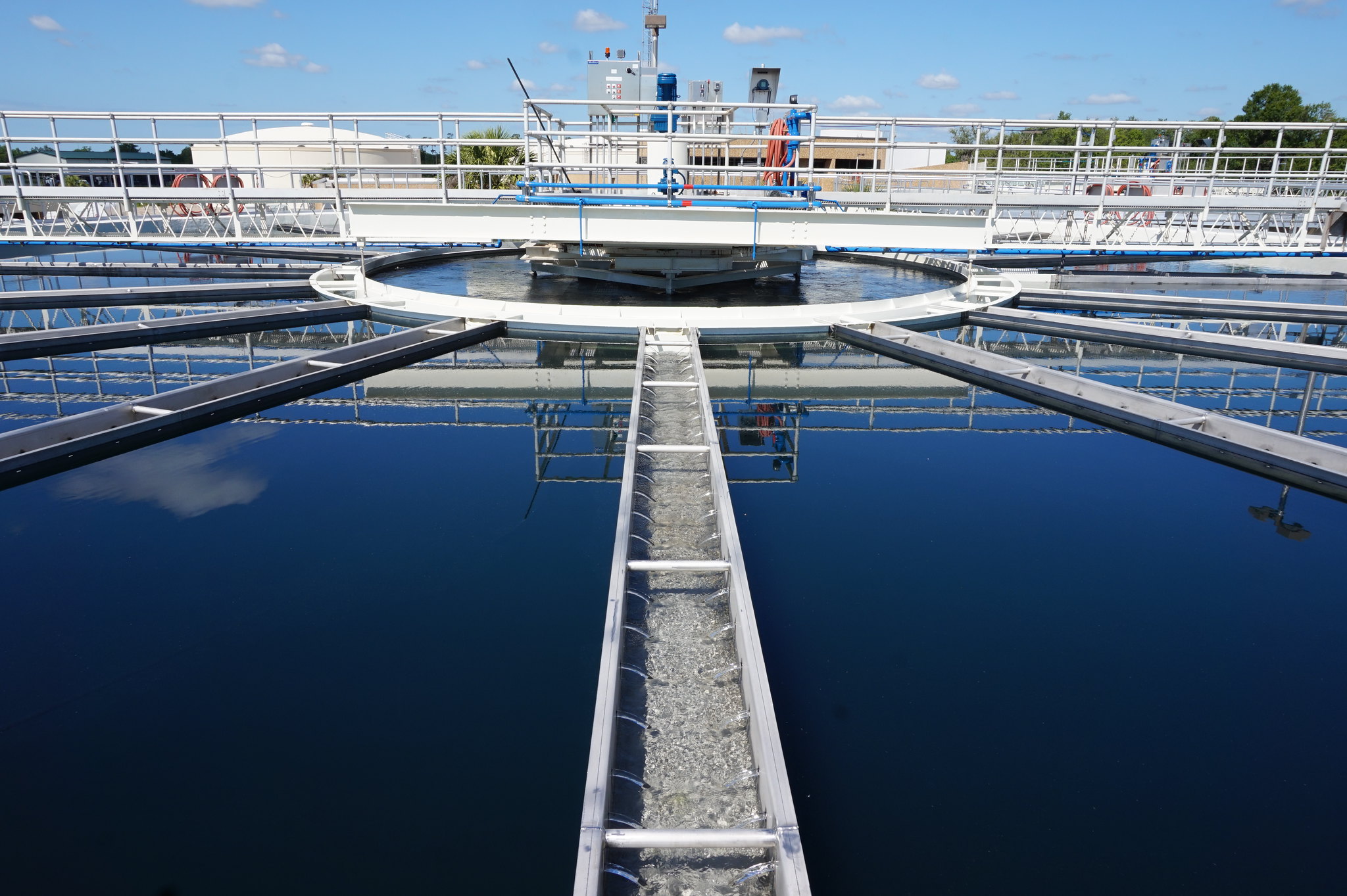
Domestic pollution has a high cost for the sanitation network. © Florida Water Daily Water Treatment Plant
Domestic pollution has a high cost for the sanitation network. Solid waste such as wet wipes and face masks block the entrances to sewage treatment plants. For example, 34,000 tons of solid waste had to be removed from the sewage treatment plants in Madrid in 2019, with a cost of 2 million euros. The figures in other cities are very similar.
This poses a considerable environmental risk, as the pumps that drive wastewater to the treatment plants can stop working, as has sometimes happened, or be damaged. There is also a risk for the health of those who work in these facilities and in the sewage networks, when they have to unblock pipes and pumps from all this waste.
The world that depends on the water cycle is mainly urban. Cities are growing in extension at accelerated rates and so do the cleaning and medication habits. Urban sustainability models have to take into consideration a little-known paradox: as the wealth of homes increases – the recipients of 74 % of the volume of water distributed by water treatment plants -, consumption and the volume of waste generated will increase; the more cleaning and the more medication in a home, the more emerging pollution will be introduced into the sanitation system with the potential to disperse into nature.

Sewage systems that are exposed to violent meteorological phenomena are often overwhelmed in their ability to carry wastewater to the treatment plants.© Chris Gallagher-unsplash
The adequate use of toilets becomes a key factor to be considered in architecture and sustainable urban planning. Sewage systems in cities that are exposed to violent meteorological phenomena are often overwhelmed in their ability to carry wastewater to the treatment plants, and spill it directly into the environment, taking not only domestic pollution but also the one dragged by the runoff in the urban pavement. The future, in which cities will accommodate between 85 and 90 % of the population, places sanitation at the core of the attainment of almost all SDGs.
The effects of climate change also threaten sanitation systems, from toilets to cesspools and treatment plants. The increasingly frequent floods caused by cyclones and storms spread human waste into water supplies, crops and homes, causing severe health emergencies and environmental degradation. It is an increasing phenomenon that is affecting disaster risk assessment all around the world.
More than 10 years in favor of toilets
Of the 64 projects developed until now by the Foundation, 24 have a direct impact on sanitation in the most disadvantaged areas of the world. During our more than 10 years of existence we have mainly worked in schools, which are the pillar in the fight against poverty and gender discrimination, and in rural areas where open defecation, still practiced by 892 million people, is a scourge that hinders social and economic development.
In the schools in India, Morocco, Burkina Faso, Lebanon, Thailand, Bangladesh, Bolivia, Guinea-Bissau, Brazil and Nicaragua, we have provided more than 200,000 students and their teachers with safe and gender-discriminated toilets. We have helped more than 135,000 people to abandon open defecation in rural areas in India, Burkina Faso, Ethiopia, Indonesia and Madagascar. And in disasters caused by flooding in Mozambique, Indonesia and the Philippines we have helped around 14,000 people, recovering their damaged sanitation.
The result of this experience in “ground zero” areas due to lack of sanitation is reflected in our Manual for the construction of latrines and wells, which has been implemented by several collaborating administrations and organizations as a reference to bring safe and sustainable toilets to any climate and culture. We have seen first-hand that sanitation is the key weapon many communities have to fight diseases, poverty and the degradation of their vital environment. It is an essential starting point for making human life on Earth sustainable and fair for all.




